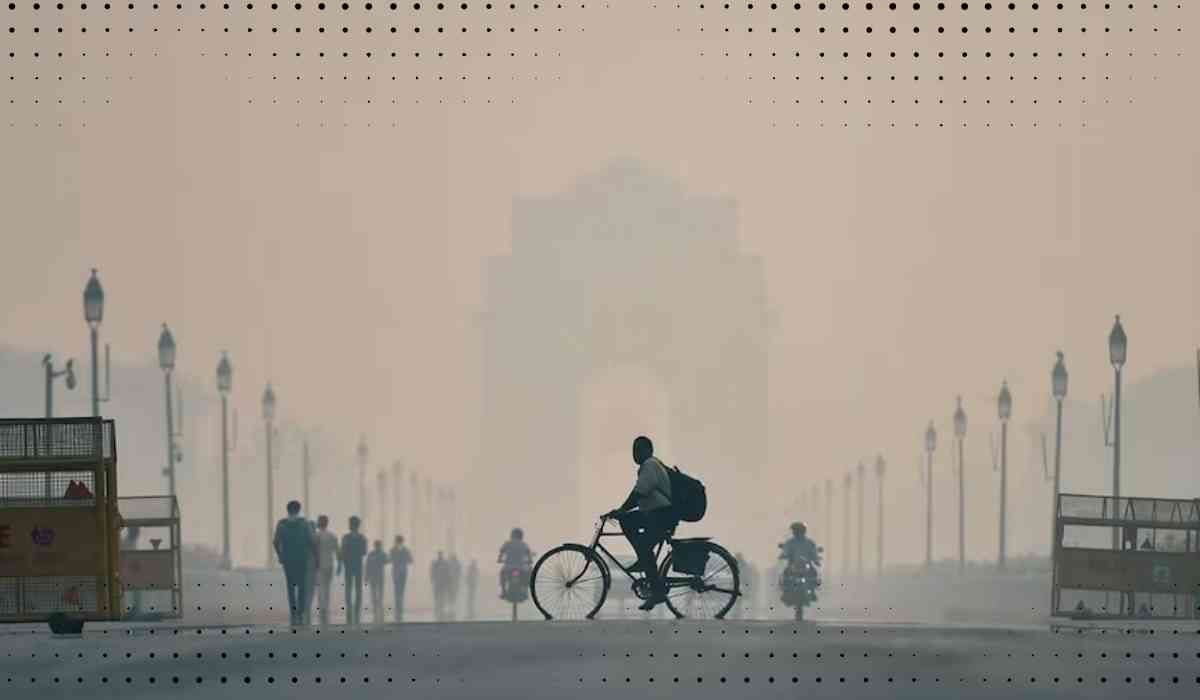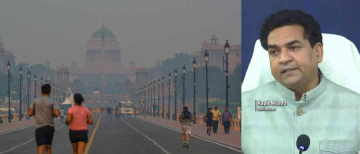This Diwali, despite the firecracker ban, Delhi saw widespread defiance, leading to a surge in pollution. By Friday morning, the city had earned the unenviable title of the world's most polluted, with the Air Quality Index (AQI) hitting alarming levels. At 6 a.m., Delhi's AQI reached 359, placing it in the very poor category, which poses significant health risks.
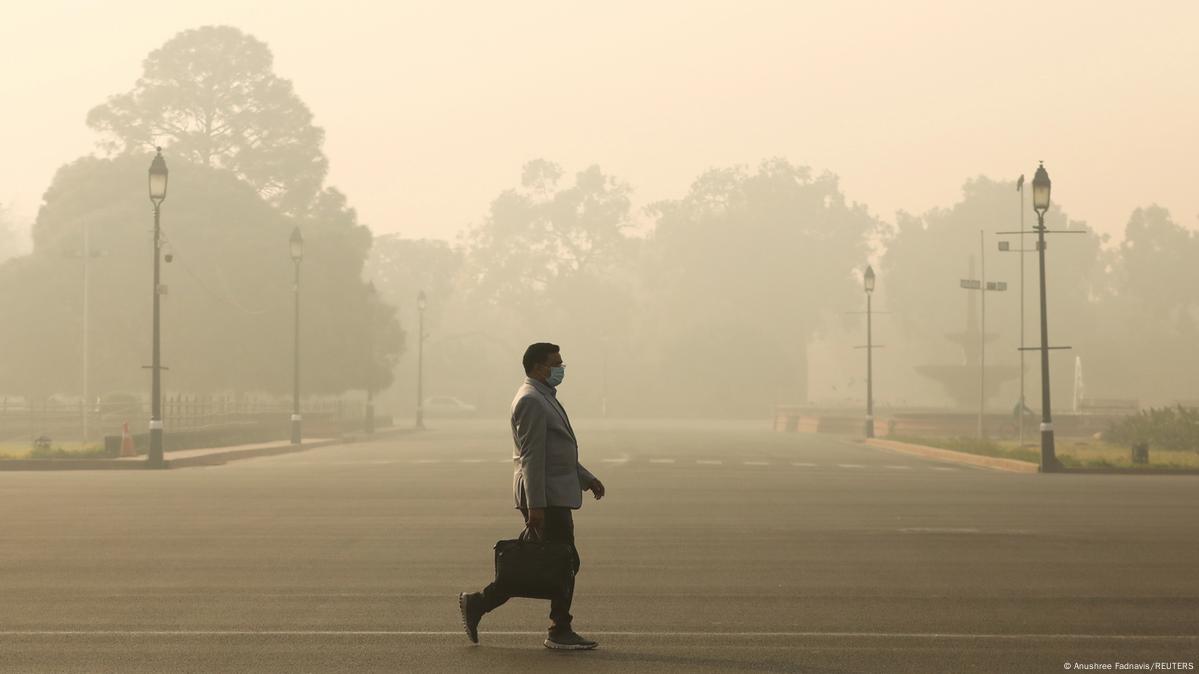
Delhi Leads Global Pollution Rankings
On Friday morning, Delhi was the most polluted city globally, followed closely by Lahore in Pakistan (AQI 217), Beijing in China (AQI 182), Dhaka in Bangladesh (AQI 174), and Wuhan in China (AQI 166). The stark numbers are a grim reminder of the urgency for more effective pollution control, especially during festival seasons.
Firecracker Ban Defied Across Multiple Areas
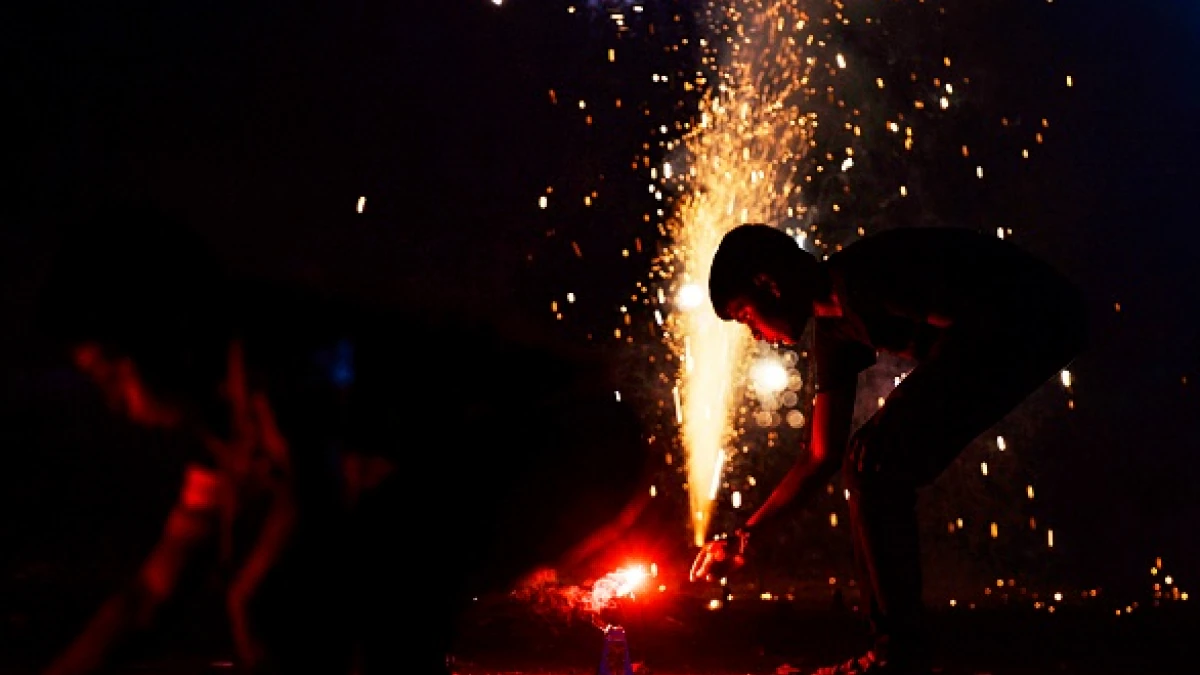
Reports from across Delhi show that many ignored the firecracker ban, especially in neighborhoods like Lajpat Nagar, Kalkaji, Dwarka, Punjabi Bagh, and Dilshad Garden. The smoke from firecrackers added a thick layer of smog, masking the city and worsening air quality across Delhi and the National Capital Region (NCR).
Air Quality Hits Hazardous Levels in Delhi-NCR
Pollution readings across Delhi-NCR reflect the severe impact of firecracker use. Burari Crossing, Jahangirpuri, and Anand Vihar registered AQI levels close to 400, categorized as “very poor.” Neighboring cities, such as Noida, Ghaziabad, and Gurugram, reported similarly unhealthy air quality, with AQIs of 293, 316, and 348, respectively.
Also Read: https://vygrnews.com/india-news/delhisaqicrosses300followingdiwalifestivities
Peak Pollution During Diwali Night
Pollution levels spiked around midnight, coinciding with Diwali celebrations. Although PM2.5 and PM10 levels declined slightly after 1 a.m., they remained dangerously high. In some areas, PM2.5 levels surged to 900 micrograms per cubic meter more than 15 times the safe limit. Key locations like RK Puram and Jahangirpuri reached these extreme levels by 8 p.m., and the situation worsened by 10 p.m. in Nehru Nagar, Patparganj, and Okhla.
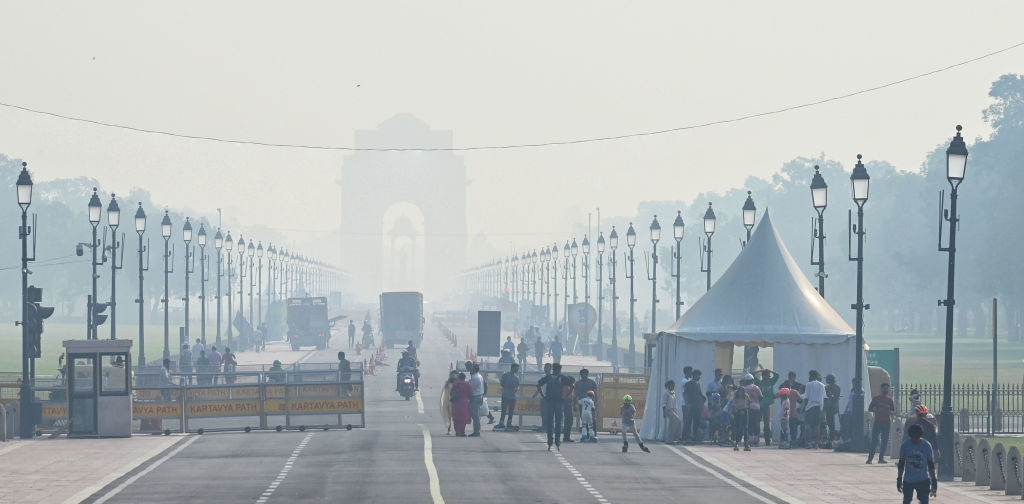
The AQI scale categorizes pollution from good (0-50) to severe plus (above 450). Delhi’s very poor AQI (301-400) already threatens respiratory health, while severe levels (401-450) can have widespread health effects, even on healthy individuals. Given these high readings, the health risks are especially concerning for vulnerable groups, including children and the elderly.
The Delhi government’s firecracker ban from October 14 to January 1, 2025, aimed to curb Diwali pollution, yet Friday’s AQI of 328 revealed the capital’s worst Diwali air quality in three years. This trend shows that simply issuing bans is not enough; stricter enforcement and more effective public awareness are essential if Delhi is to achieve cleaner air in future festive seasons.
With inputs from agencies
Image Source: Multiple agencies
© Copyright 2024. All Rights Reserved Powered by Vygr Media.

